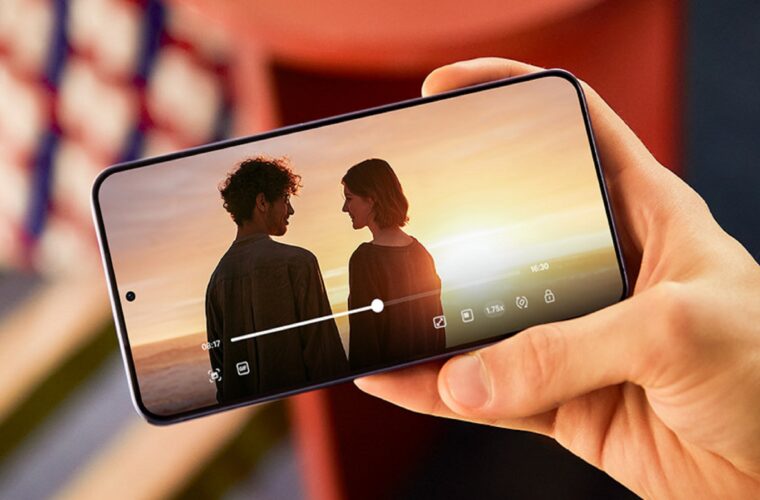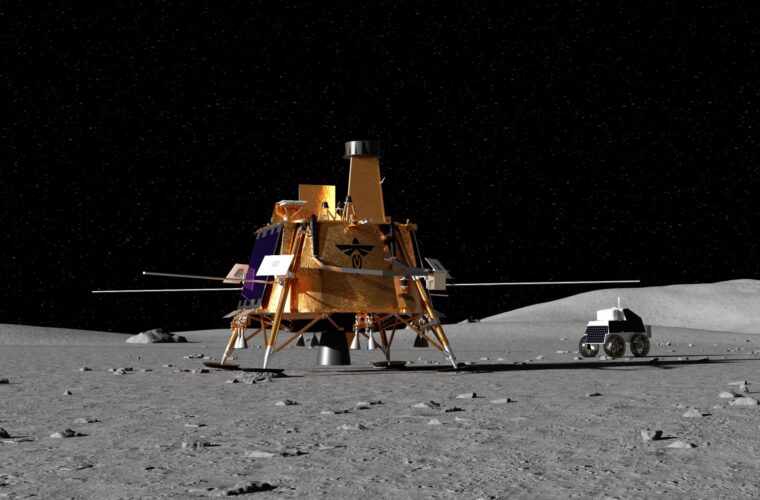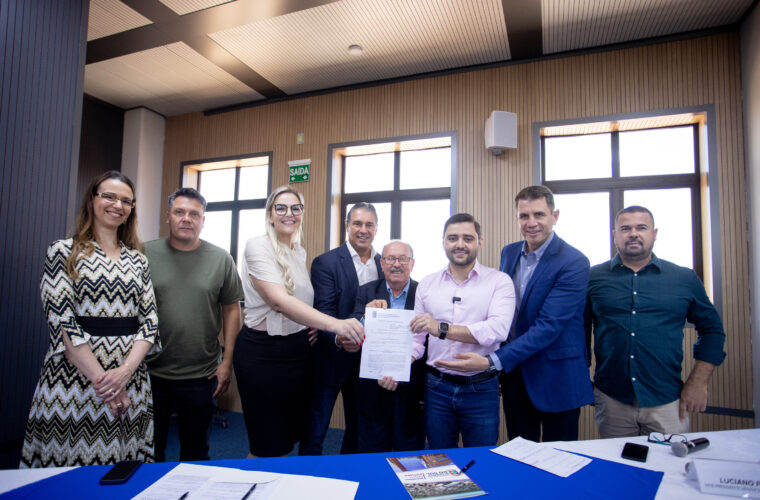Two missions to boost the role of European scientists
Venus and gravitational waves: It is not an easy time for the European Space Agency, struggling with launches because it is short of both heavy and light launchers with which to send satellites into orbit. At the same time, however, the desire to continue to play a leading role in scientific research remains strong, as evidenced by the approval of the EnVision and LISA missions by the Science Program Committee. These are two ambitious projects that are being developed over the next few years, with target dates set at 2031 and 2035, in that order.
EnVision, exploring Venus
With the first mission, the goal is to study Venus with a launch aboard Ariane 6, the launcher developed by ArianeGroup. A planet most similar to Earth in mass and size, Venus has a volcano-rich surface with temperatures of 460°C and pressures of 92 atmospheres, making it a complex place to visit even for robot-based missions. With EnVision, ESA aims to collect data and information to understand how volcanoes, asteroids, and plate tectonics have managed to change Venus’s atmospheric conditions. The goal is to go beyond the surface to learn more about the internal structure, the core’s thickness, and the planet’s mantle and crust.
Ten instruments will be used to do this, including a subsurface radar and one with up to 10-meter resolution called VenSAR that will investigate the surface. Also on board will be three spectrometers to analyze the composition of Venus’ soil and atmosphere. According to the schedule, EnVision will launch in 2031, with the first science data from the mission expected to be available by 2035. “Since the mission was selected in 2021, we have moved from science goals to a concrete mission plan. We are excited to move to the next step, because EnVision will answer long unanswered questions about Venus, arguably the least understood of the terrestrial planets in the Solar System,” said Thomas Voirin, mission manager.
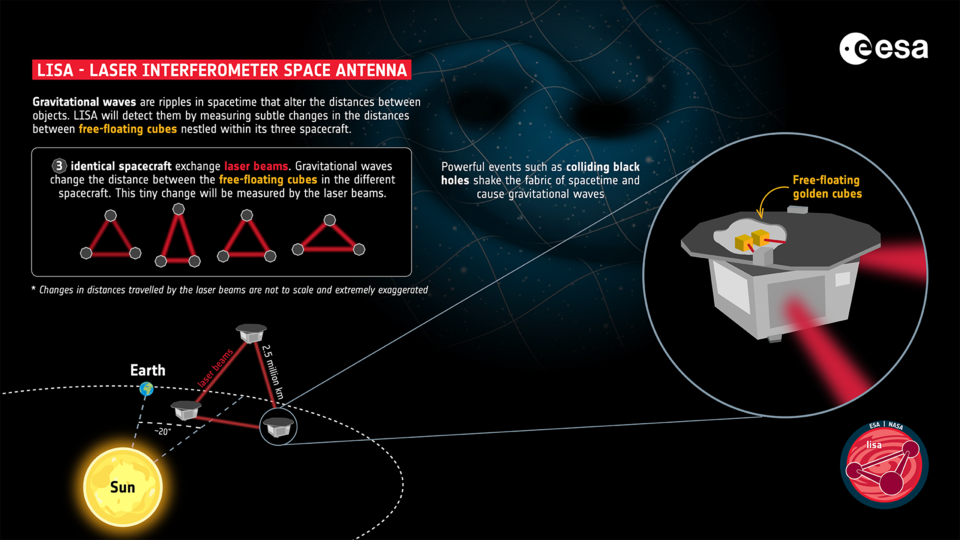
LISA, a mission to learn more about the Universe
Even more, anticipation is around LISA, which is short for Laser Interferometer Space Antenna, which marks the first attempt to study gravitational waves from space. After obtaining information about gravitational waves from the three interferometers on Earth, this mission represents a decisive step forward in learning about the phenomenon. The first step will be the construction of three satellites starting in January 2025, while the launch via an Ariane 6 space rocket is scheduled for 2035. Equipped with very high precision technology, the satellites will form an equilateral triangle 2.5 million kilometres apart in a heliocentric orbit about 50 million kilometres from Earth.
Using a laser beam, ripples associated with the passage of gravitational waves related to energetic phenomena such as the merger of black holes, supernovae, and neutron stars can then be detected. By measuring these ripples, LISA will investigate the entire history of the Universe, going back long before the formation of stars and galaxies.
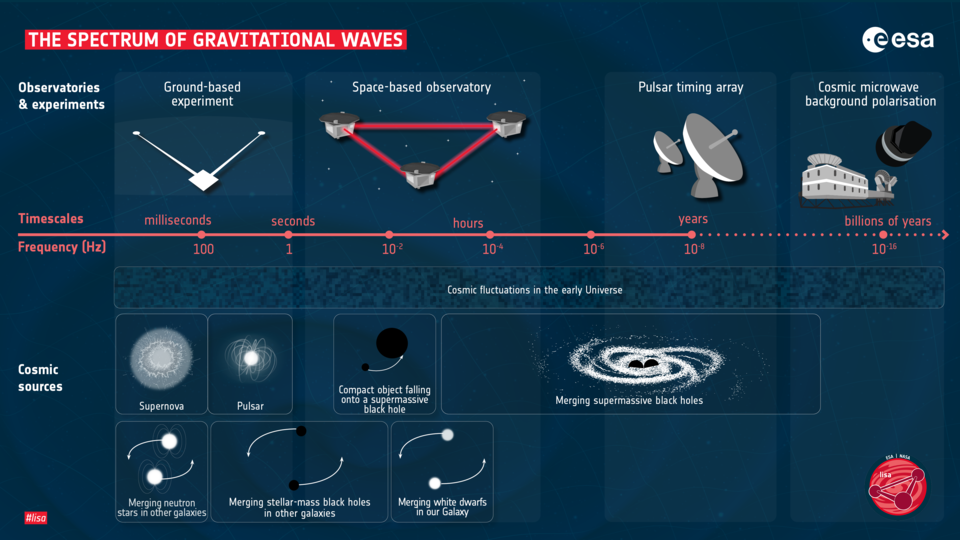
“Thanks to the enormous distance traveled by LISA‘s laser signals and the superb stability of its instrumentation, we will examine gravitational waves at lower frequencies than are possible on Earth, uncovering events of different scales, all the way back to the dawn of time,” said Nora Lotzgendorf, scientist-driver expected by all scientists with the hope of better understanding the evolution of the Universe.

The double launch is also something ESA is keen on to confirm the leading role of European scientists in space research, as Carole Mundell, scientific director of the European Space Agency, specified. “These pioneering missions will take us to the next level in two extraordinarily exciting areas of space science and keep European researchers at the forefront of these fields. Not to mention that the development of both missions will stimulate collaboration between different companies, institutes and countries, accelerating the development of innovative technologies that could improve life on Earth.”

